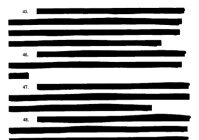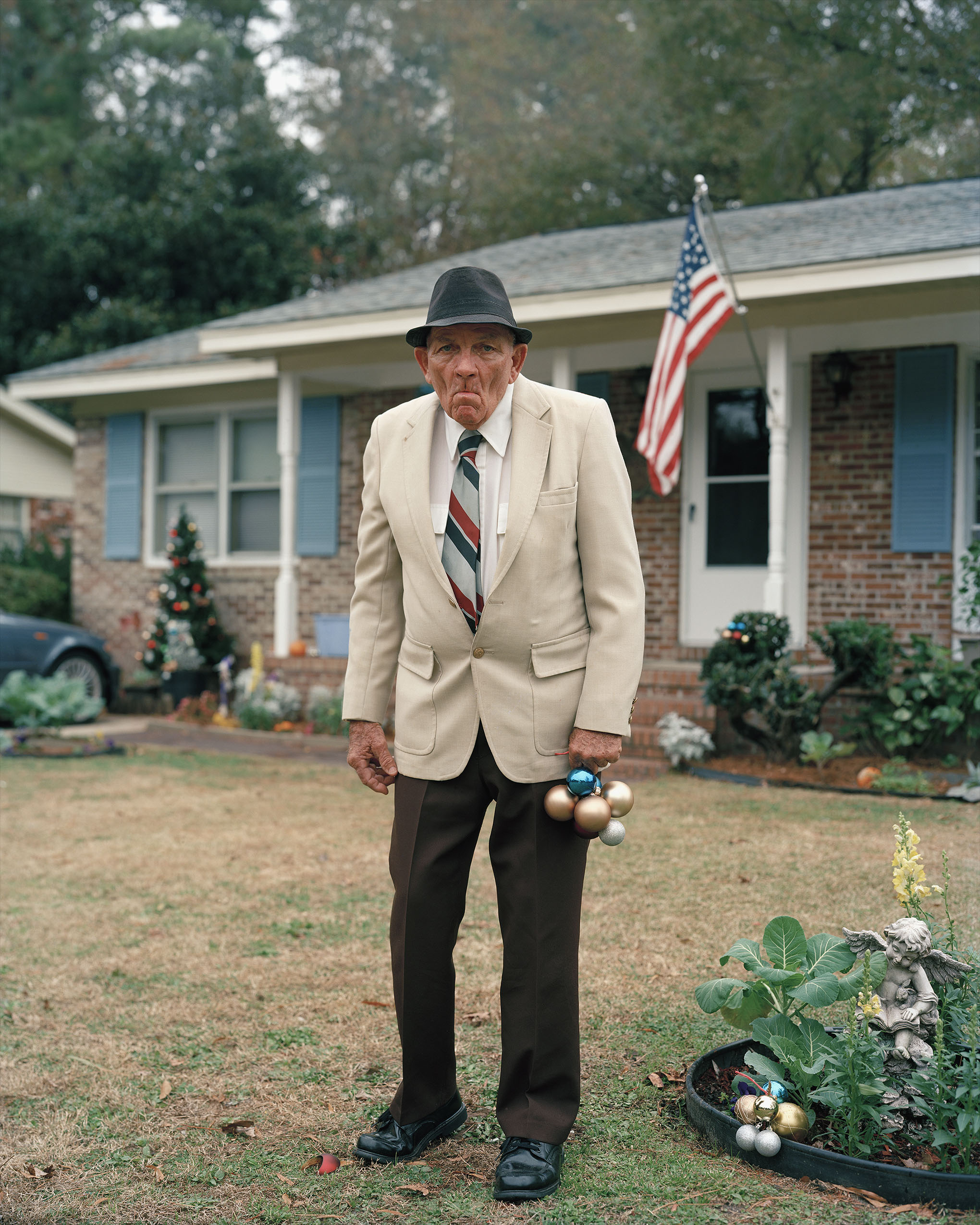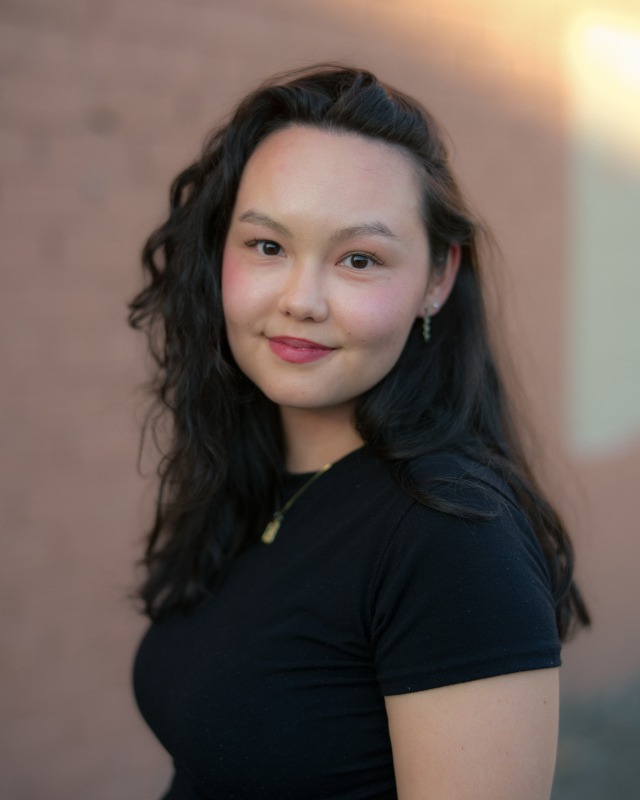Violence or Voice? Why Erasure Poetry
5 Minutes Read Time

Editorial Assistant Arah Ko: Imagine a block of marble you want to make into a sculpture. First, you have to see the shape of the stone that’s there, what possibilities swim under its surface, and then you must chip away, piece by piece, until you’ve created something new. The final work is completely made up from the original block, but its reduced form is completely transformed. This is what erasure poetry does.
Erasure poetry can be both polarizing and political. As Leigh Sugar explains on the Poetry Foundation site, it’s often characterized as a type of palimpsest—text that is altered but retains traces of the original. In this view, erasure poems are formed where a “finished piece” is modified by the act of removing, obscuring, or significantly changing the work so that it creates a fully realized new form.
But to chip away at one piece to make another can feel violent. Lauded Iranian-American poet Solmaz Sharif says in an essay on The Volta, “The first time I confronted erasure as an aesthetic tactic, I was horrified.” For Sharif and many other writers and readers, this process elicits a visceral response to a genre that can feel tied to larger sociopolitical erasures by states and institutions throughout history. Think: newspaper cut-out ransom notes, redacted government documents, smudged sidewalk chalk, censored articles, burned books.
Since a parallel move has excluded women, queer, or non-white voices or used colonial powers to tamp down native cultures, some writers like Jennifer S. Cheng worry that erasure poetry “might always carry an element of violence.” In a two-part essay in Jacket2 (you can read the first part here and the second part here), Cheng points out that “perhaps it is always an inherently violent act, the removal of language as either defacing or disremembering. If erasure is a historical tool of the oppressor, can it ever be artistically innocent?”
Stacked against the malicious or forced silencing of a colonial past, an artform built around the dissection of another’s voice can land like a blow. But it is this very history that positions erasure poetry as such a key part of contemporary literature and, I believe, a crucial genre to teach students today. Erasure poetics shifts the same tool that has been used to marginalize people to instead critique existing texts, destabilize problematic narratives, and provide metacommentary on texts.
One poet who strategically uses this method is former United States Poet Laureate Tracy K. Smith, who in her position as a prominent American writer emphasizes the historical and ongoing oppression of Black Americans in poems like “Declaration,” which erases words from the Declaration of Independence:
In every stage of these Oppressions We have Petitioned for
Redress in the most humble terms:
Our repeated
Petitions have been answered only by repeated injury.
Smith captures a new poem within the community text of the declaration to show how the freedoms won in American independence were not so liberating for enslaved Black Americans. Here’s the end of the poem:
We have reminded them of the circumstances of our emigration
and settlement here.
—taken Captive
on the high Seas
to bear—
Smith’s poem uses the erasing to testify for the erased, which pairs her in a position as a national leader for poetry with the national nature of the document erased.
In an issue of the College English Association’s CEA Critic, Carolyn Kyler describes Smith’s work in the poem “The Greatest Personal Privation”:
In her poetry, Smith attempts to recover voices in history that have been silenced. . . . Smith’s method in the poem is to recover the voices of the enslaved from the words of the enslavers. This method parallels the work done by many historians to recover African American history from documents that often erase it.
By using the techniques of erasure on the Declaration of Independence, Smith is showing us this document did not benefit everyone equally and emphasizing that independence from England did not mean freedom for all Americans. Through an erasure of such a familiar text, we are forced to confront the reality of “the circumstances of [Black] emigration / and settlement” that many Black Americans experienced against their will, which some histories have attempted to erase from our memory.
In an era of content oversaturation, when the digital forms of text feels dynamic and flexible at best, unstable, subjective, and unverifiable at worst, content presents an “editable” quality. Erasure plays off of this, whittling away the content of a work through condemnatory criticism such as in Smith’s “Declaration.” That poem also offers a valuable entry point to discuss what we are and are not willing to erase. For some, modification of such an important document as the American Declaration of Independence from the British Empire is incendiary, chipping away at a national artifact many consider sacred.
What do you consider sacred? Consider what you would or would not be comfortable erasing. What modifications, to which texts, would cross your personal boundaries? What possibilities for the process remain? In an interview with the Academy of American Poets, Smith says, “The poet is willing to be changed by the things that language can reveal—about who we are, how we live, what our impact upon the world and one another is.” In a climate where our words are continually stolen to fuel generative AI, censored through digital algorithms, and fed to commercial entities, the conversation prompted by erasure poetry is even more important, urgent, luminous.
For more examples of erasure poetry, see these pieces:
- “Three Perspectives on the Hyperactive Child” and “Being Seen by the Speech Pathologist” by Tom Snyder
- from Fascinating Womanhood by Lisa Huffaker
- from “Reaching Guantanamo” by Solmaz Sharif
- from Zong! by M. NourbeSe Philips “Pages 1-4,” an excerpt
- from The Ferguson Report: An Erasure by Nicole Sealey
- “The Author Writes the First Draft of His Wedding Vows” by Hanif Abdurraqib

